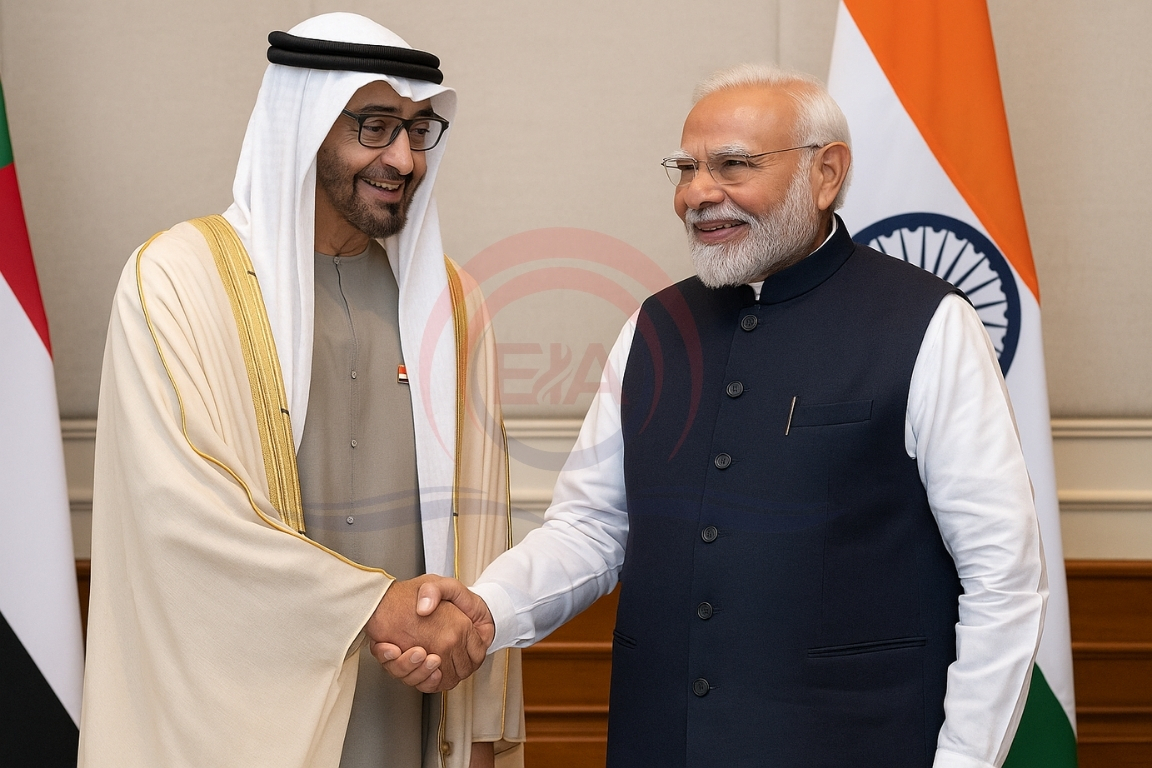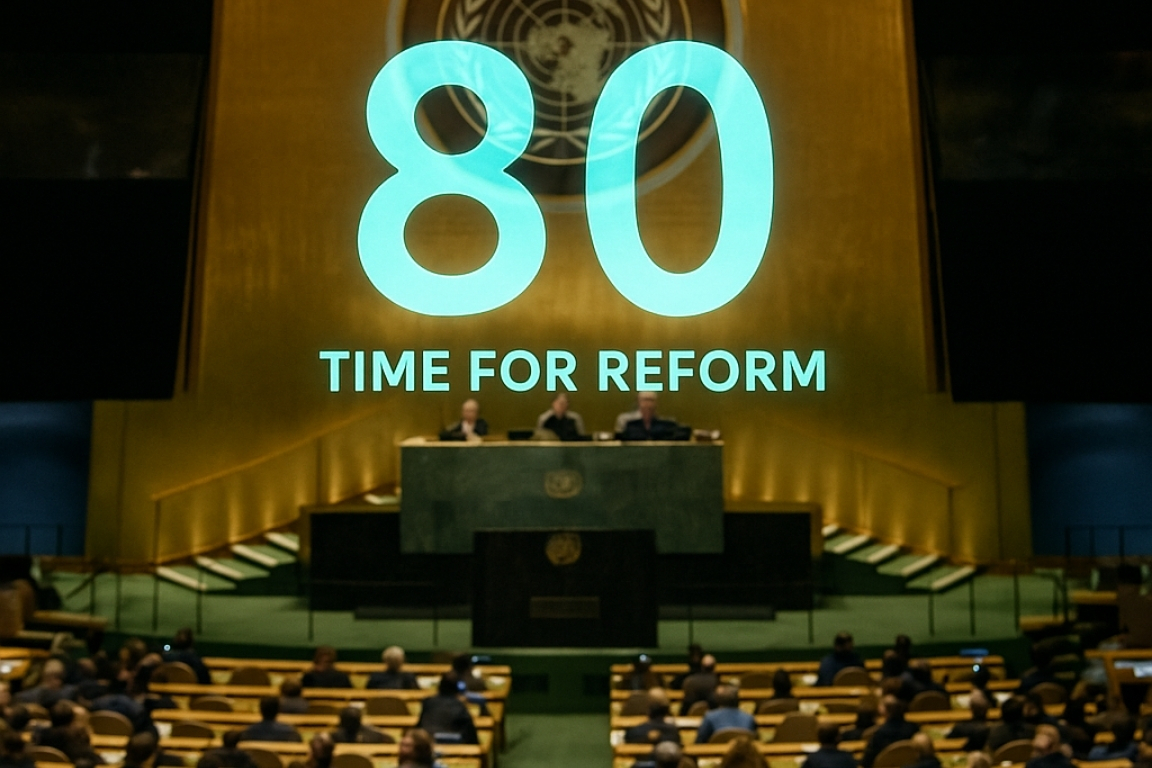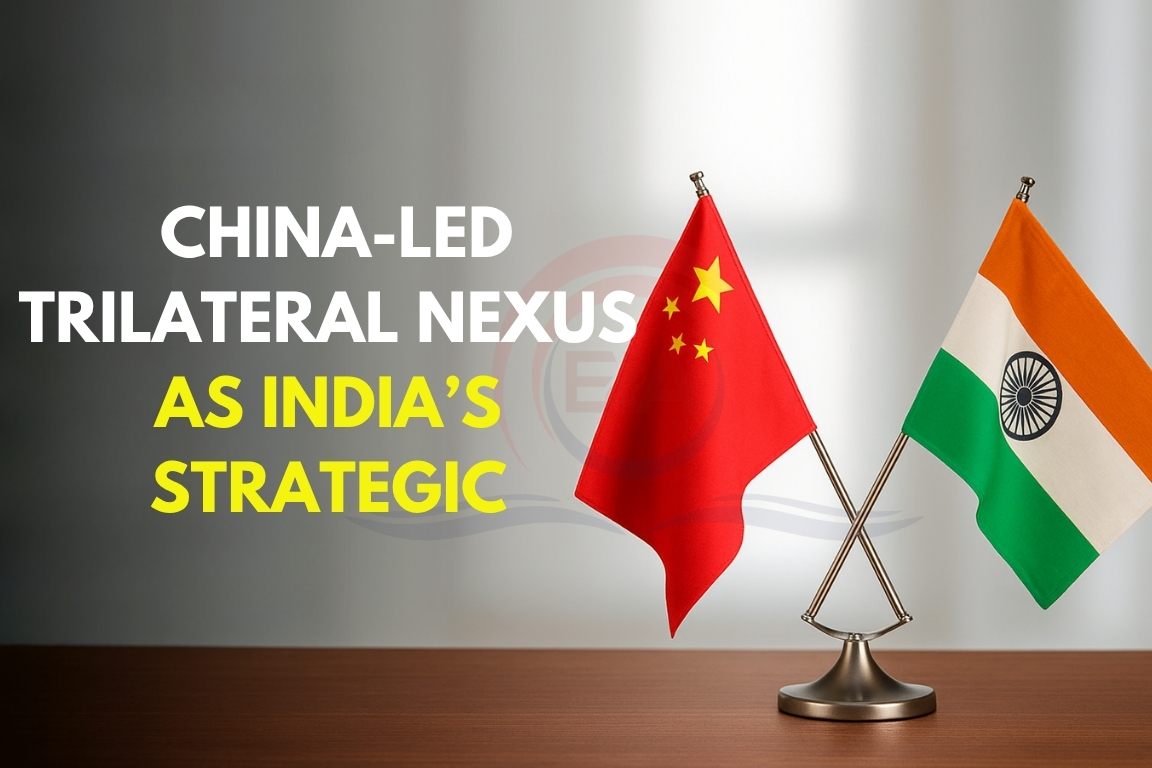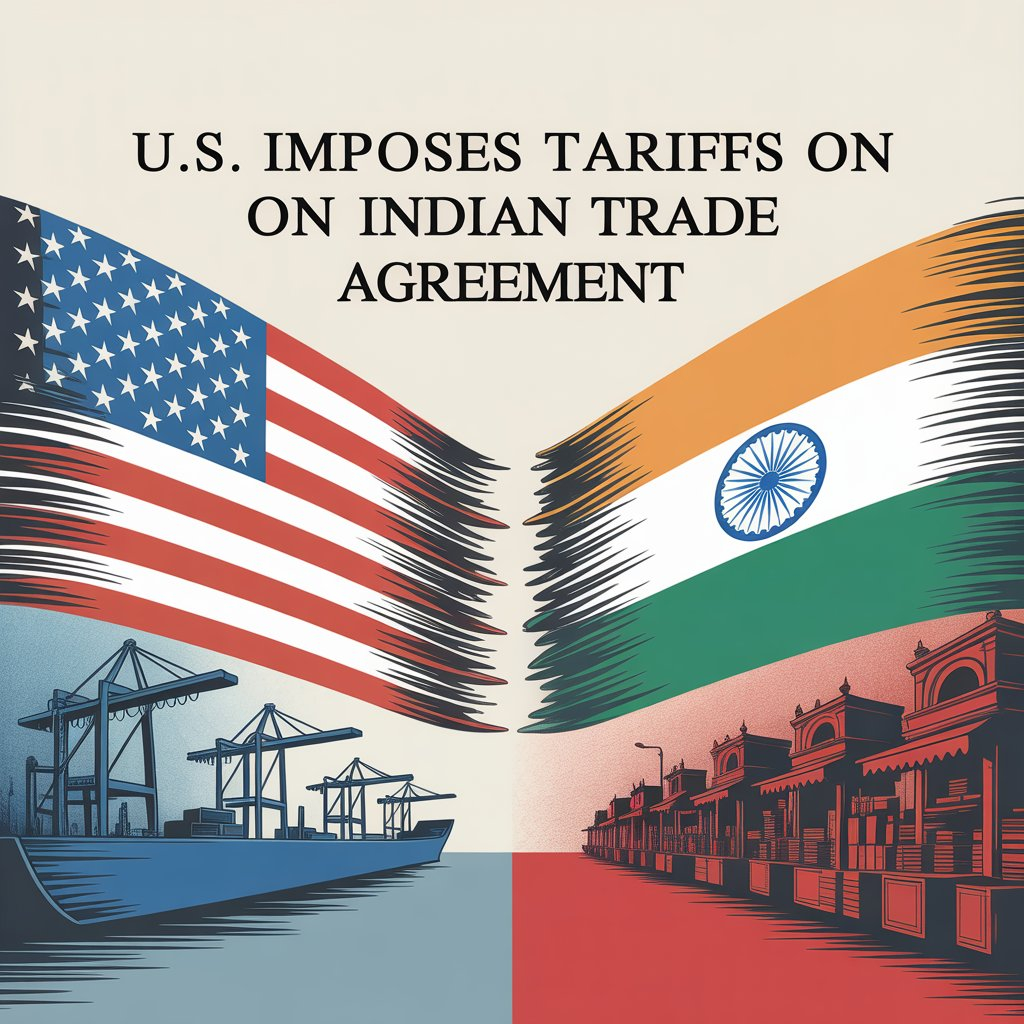India and the UAE are expanding their partnership beyond trade, focusing on clean energy, nuclear power, and emerging technologies. This reflects a shift toward long-term, future-ready collaboration with mutual strategic benefits.
Strengthening Economic Partnership
- Trade Crossed $100 Billion mark, reaching the target five years earlier.
- The Comprehensive Economic Partnership Agreement (CEPA) and Virtual Trade Corridor boosted exports and connectivity.
- UAE is India’s 3rd largest trade partner, after China and the U.S.
- UAE’s investment in India is $23 billion, with $4.5 billion added in 2024.
- Digital Integration: India’s UPI is being linked with UAE’s Aani, Jaywan card is built on India’s RuPay system.
Key Areas of Strategic Cooperation
- Nuclear and Clean Energy: UAE generates 25% of its power from nuclear, aims to double it by 2030. India is a technical partner in the Barakah Nuclear Plant.
- Technology and Defense: Indian firms contribute to defense expos and joint production (e.g. drones, Tejas parts). Regular military drills: Desert Flag, Desert Cyclone, and India–France–UAE exercises.
- Education and Innovation: IIT Abu Dhabi, IIM Ahmedabad–Dubai, and IIFT Dubai promote educational exchange. Collaboration in space tech, AI, and precision medicine.
- Critical Minerals & Hydrogen: MoU signed in 2024 to secure supplies of lithium, cobalt, and rare earths. Joint green hydrogen production goal: 5 MMT (India) and 1.4 MMT (UAE) by 2030.
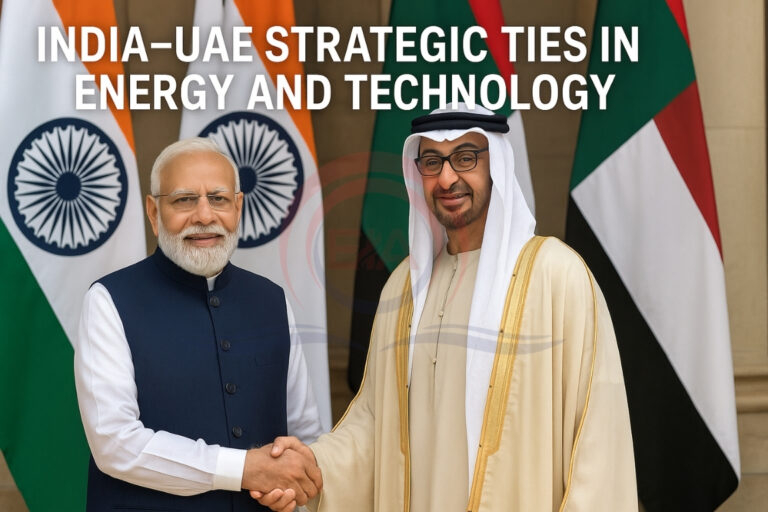
Connectivity & Geopolitical Cooperation
- IMEEC (India–Middle East–Europe Economic Corridor) supports cargo, energy, and digital exchange.
- I2U2 (India, Israel, UAE, US) plans include food parks and 60 GW of renewable energy.
- UAE’s CEPA network offers access to global markets and African outreach via Bharat–Africa Setu.
Challenges Ahead
- Geopolitics: UAE’s ties with China and funding to Pakistan raise concerns.
- Trade Issues: Overdependence on a few sectors; misuse of gold and silver trade channels.
- Labor Rights: Indian workers in UAE face issues under the Kafala system.
- Lack of Dialogue Platform: No dedicated 2+2 dialogue or institutional framework yet.
- Export Barriers: Halal certification norms affect Indian food exports.
Conclusion:
India–UAE ties are evolving into a multi-dimensional partnership rooted in innovation, clean energy, and regional leadership. With shared goals, both countries aim to become global hubs for technology and trade.


